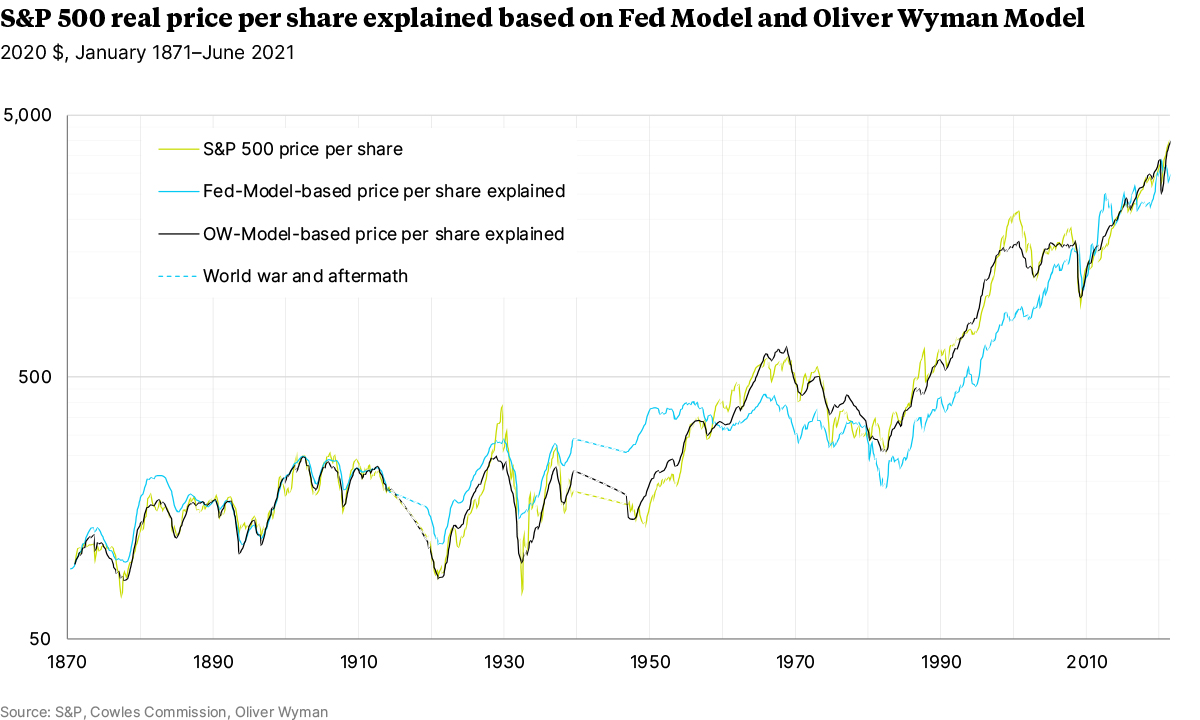Markets fluctuate, and many investors are naturally drawn to short-term swings, particularly in periods of despair or speculation. This work takes a longer view. It uncovers what gets missed in the day-to-day tumult by studying US financial markets not over months or years, but rather over the past century and a half. It strips away the cyclical factors in order to reveal the deep secular forces that have driven the market over the long term. Its main focus is the equity market, but it also addresses the Treasury market. The ultimate objective is to explain the past in order to better frame questions about the future.
"The ultimate goal of this work is to frame future uncertainty in a better way"
The work offers a new perspective to academics, Treasury and Federal Reserve officials, and professional investors alike. From an academic standpoint, it brings our understanding of the drivers of the US equity and Treasury markets to the next level; one will never look at the Capital Asset Pricing Model in the same way again. Treasury and Fed officials can now see the impact on equity prices of monetary and tax policy for the last 150 years. From an investor’s perspective, it offers a new paradigm to frame the future path of markets in the face of uncertainty, casting the concept of “mean reversion” in a new and unflattering light.

